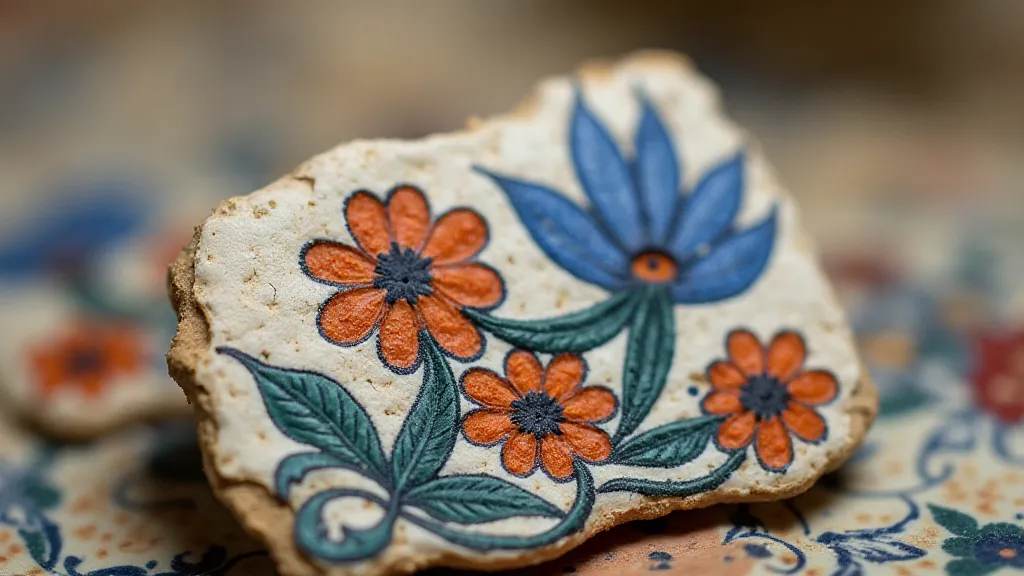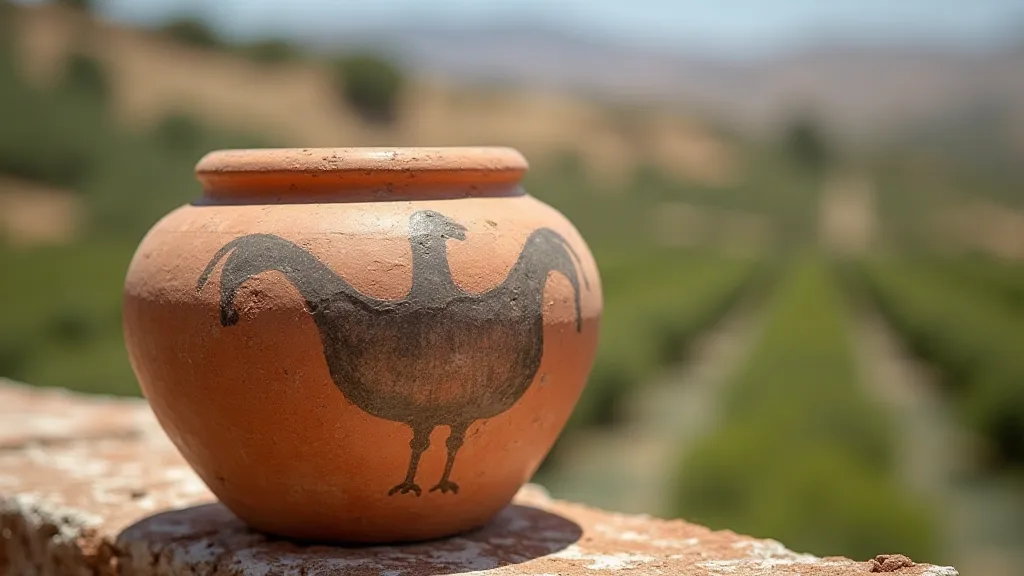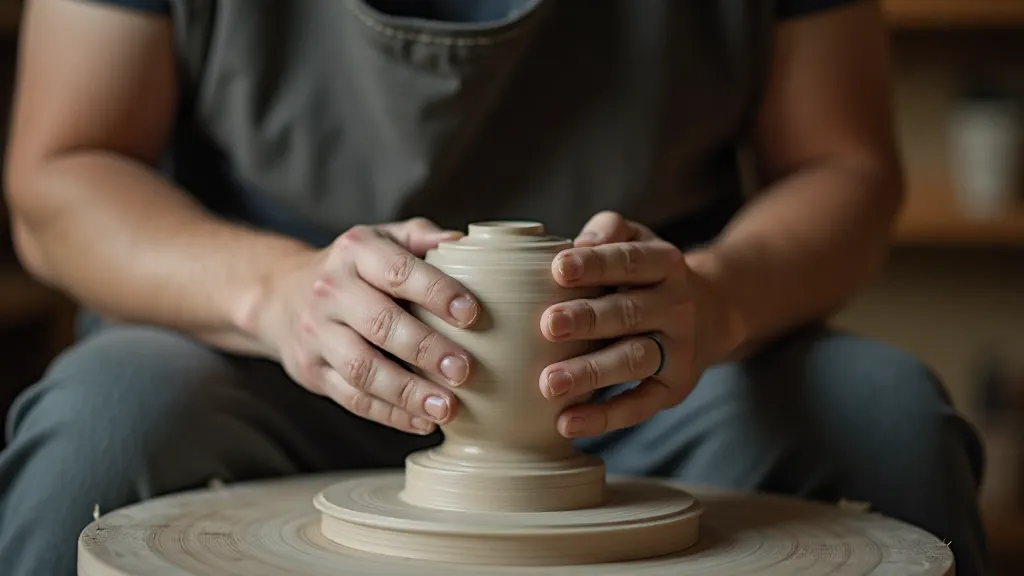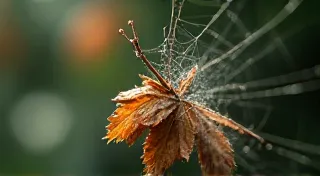The Crucible of Innovation: How Regional Pottery Adapted to Trade
Pottery. The very word conjures images of ancient hands shaping clay, firing it in rudimentary kilns, and creating vessels both beautiful and functional. But what we often perceive as a singular craft is, in reality, a vibrant tapestry woven from countless regional variations, each thread representing a unique blend of local materials, cultural traditions, and, crucially, the profound influence of trade. This isn't just about pots; it's about the stories they hold, the ingenuity of the potters, and the silent dialogue between cultures across centuries.
I remember visiting a small museum in Jingdezhen, China, the historic center of Chinese ceramics. Surrounded by Ming Dynasty vases, meticulously restored and gleaming under the museum lights, I felt a wave of awe. These weren’t just objects; they were echoes of lives lived, of artistic ambition, and of a constant striving for perfection fueled by the demands of both the imperial court and the burgeoning trade networks with Persia, the Middle East, and beyond. It struck me then that innovation isn’t born in a vacuum. It thrives in the meeting points, in the places where different worlds collide.
The story of regional pottery is, at its heart, the story of adaptation. Before globalization, trade wasn’t a matter of clicking “add to cart.” It was fraught with risk, reliant on arduous journeys, and defined by the specific needs and desires of the merchants involved. Potters, as essential suppliers to these trade routes, became involuntary agents of change. The sheer difficulty of preserving these fragile creations across vast distances meant that durability and practicality were just as prized as beauty, prompting innovation in materials and techniques – a story we often see reflected in the subtle markings and imperfections inherent to handmade pottery.
The Persian Touch in Iznik, Turkey
Consider Iznik, Turkey. Its pottery, renowned for its vibrant, polychrome floral designs on a white ground, wouldn't exist without the influence of Persian ceramics. Before the Ottoman conquest, Iznik was a region known for its coarser earthenware. The arrival of Persian artisans, either as captives brought by the Ottoman armies or as voluntary immigrants seeking opportunities, introduced a new level of refinement. These artisans brought with them knowledge of *turquoise* glazes, a color highly prized in Persia and beyond, and sophisticated painting techniques using cobalt blue, copper red, and a distinctive green achieved with malachite. Local clay, initially lacking the properties to handle such complex glazes and firing techniques, underwent gradual refinement through experimentation and blending with materials sourced from nearby regions. The result wasn't a slavish imitation of Persian styles; it was a unique synthesis – Iznik pottery, instantly recognizable for its Ottoman sensibility but undeniably indebted to its Persian heritage.

Japanese Satsuma and the Dutch Trade
The story is similar, though with a different twist, in Japan. Satsuma ware, particularly known for its rich, dark backgrounds, raised gold and silver embellishments, and meticulous depictions of landscapes and figures, owes a significant debt to the Dutch. In the 17th century, the Dutch East India Company sought Japanese products – notably porcelain and lacquerware – to satisfy the European market. Japanese potters, attempting to meet the Dutch demand for a distinctive style, drew inspiration from imported Chinese Imari ware, but also from Dutch Delftware. The characteristic orange-red tones of Satsuma are, in part, a response to the vibrant colors favored by the Dutch. The introduction of new metal oxides to achieve these shades was a direct result of the trade. Moreover, the process of *narumi*, a meticulous underglaze painting technique, became refined as potters strived to replicate the detail found in Dutch painted tiles. Understanding the methods and artistry behind creating these masterpieces is truly fascinating, and many details remain elusive even today, prompting continued research into the techniques that shaped this iconic style. For those interested in the painstaking steps involved in uncovering these secrets, reading about the potter’s heart can offer a deeper understanding of ancestral pottery techniques.

The Influence of Moorish Spain on Andalusian Pottery
Moving westward, the legacy of Moorish Spain resonates profoundly in the pottery of Andalusia. During the centuries of Al-Andalus, Islamic artisans brought with them advanced glazing techniques, including the use of lead glazes which produced a lustrous, vibrant finish. The intricate geometric patterns and arabesque designs, characteristic of Islamic art, were adopted and adapted by Andalusian potters, often incorporated into earthenware vessels and tiles. The famous *grisaille* pottery, with its delicate monochrome designs painted in a dark, metallic glaze on a white ground, is a direct inheritance from Moorish techniques. While Christian rulers eventually took control, the traditions survived, preserved by local potters who continued to produce pottery drawing from the rich artistic heritage of Al-Andalus. Even after the Reconquista, the echoes of Moorish craftsmanship continued to shape the pottery landscape of Andalusia.
Beyond Form: Glazes and Firing Techniques
The impact wasn’t limited to aesthetics and designs. Trade also spurred innovation in glazes and firing techniques. The search for specific colors – turquoise from Persia, cobalt blue from China – led to the development of new glaze recipes and experimental firing processes. The introduction of *raku* firing, for example, while originating in Japan, was influenced by Korean and Chinese ceramics, and facilitated trade between these regions. The ability to withstand the rigors of long journeys, to preserve the integrity of the piece despite rough handling, became a crucial factor. Pottery wasn's simply about beauty; it was about durability. The process of piecing together fragments of these historical objects to understand their construction and origins is also incredibly significant. We often find that seemingly minor details can unlock fascinating insights into the cultural exchange that shaped these artworks. The meticulous work of preserving and reassembling broken pottery is explored further in preserving fragments, which delves into the art of mending pottery across time.
Consider, for example, the delicate signatures of potters, often barely visible on the base of vessels. These marks, whether intentional or accidental, provide invaluable clues about the origin and maker of a piece. Deciphering these signatures, understanding the nuances of regional variations, and recognizing the evolving styles of different workshops is a specialized skill, a combination of historical knowledge, artistic acumen, and meticulous observation. Those interested in honing their ability to “read” pottery can learn more about the secrets of the maker’s mark and its significance in regional pottery.
The stories embedded in these pots are a testament to the human capacity for adaptation and creativity. They remind us that craftsmanship isn't born in isolation, but in the dynamic interplay of cultures. Each swirl of the brush, each careful blend of materials, reflects not just the skill of the potter, but also the echoes of distant lands and the desires of far-flung markets. When we appreciate a piece of regional pottery, we aren't just appreciating its aesthetic beauty; we’re appreciating the complex historical narrative it embodies – a story of trade, cultural exchange, and the enduring power of human ingenuity. Collecting and conserving these pieces is more than a hobby; it is a responsibility, a way of ensuring that these tangible links to our past are not lost to time. Often, preserving these fragile pieces requires a careful and precise process, often involving a team of specialists dedicated to safeguarding these priceless objects. The efforts to sustain these collections is discussed in the art of conservation, which examines the crucial role of preserving regional pottery collections.
Restoration and collecting these pieces isn't simply about acquiring beautiful objects; it’s about safeguarding a piece of this incredible history. Recognizing the subtle nuances of glaze variations, understanding the historical context of a design, and appreciating the hand-formed imperfections – these are all aspects of truly appreciating the legacy of regional pottery.






